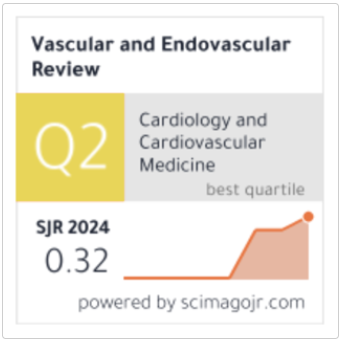Policy Frameworks for Bridging the Gap Between Vascular Surgery and Rehabilitation Through Physiotherapy
Keywords:
Vascular surgery, Physiotherapy, Rehabilitation policy, Integrated care, Payment reform, Tele-rehabilitation, Outcome measurement.Abstract
Vascular surgery successfully restores blood flow and stops limb loss, but patients often only fully recover because of weak rehabilitation links after surgery. Through graded exercise, mobility training, and risk-factor counselling, physiotherapy is a key part of improving quality of life, endurance, and freedom. However, there are still policy and system-level gaps in areas like how to suggest patients, how to collect data, how to reimburse providers, and how to train healthcare workers. This leads to fragmented care and unequal access. This article suggests a six-pillar policy strategy that would make it easy for physiotherapy to fit into the pathways for vascular care. The system includes Outcomes and Data Infrastructure, Payment Reform, Workforce Competencies, Digital Enablement, Governance and Equity, and Integrated Care Pathways. A 12-month implementation plan with measurable KPIs (like referral uptake, adherence, ABI improvement, PROMs, and readmission reduction) shows how to go from the design phase to the full implementation phase. The framework aims to turn successful procedures into long-lasting functional recovery by making physiotherapy a standard of care that is reimbursed, based on data, and supported online.








